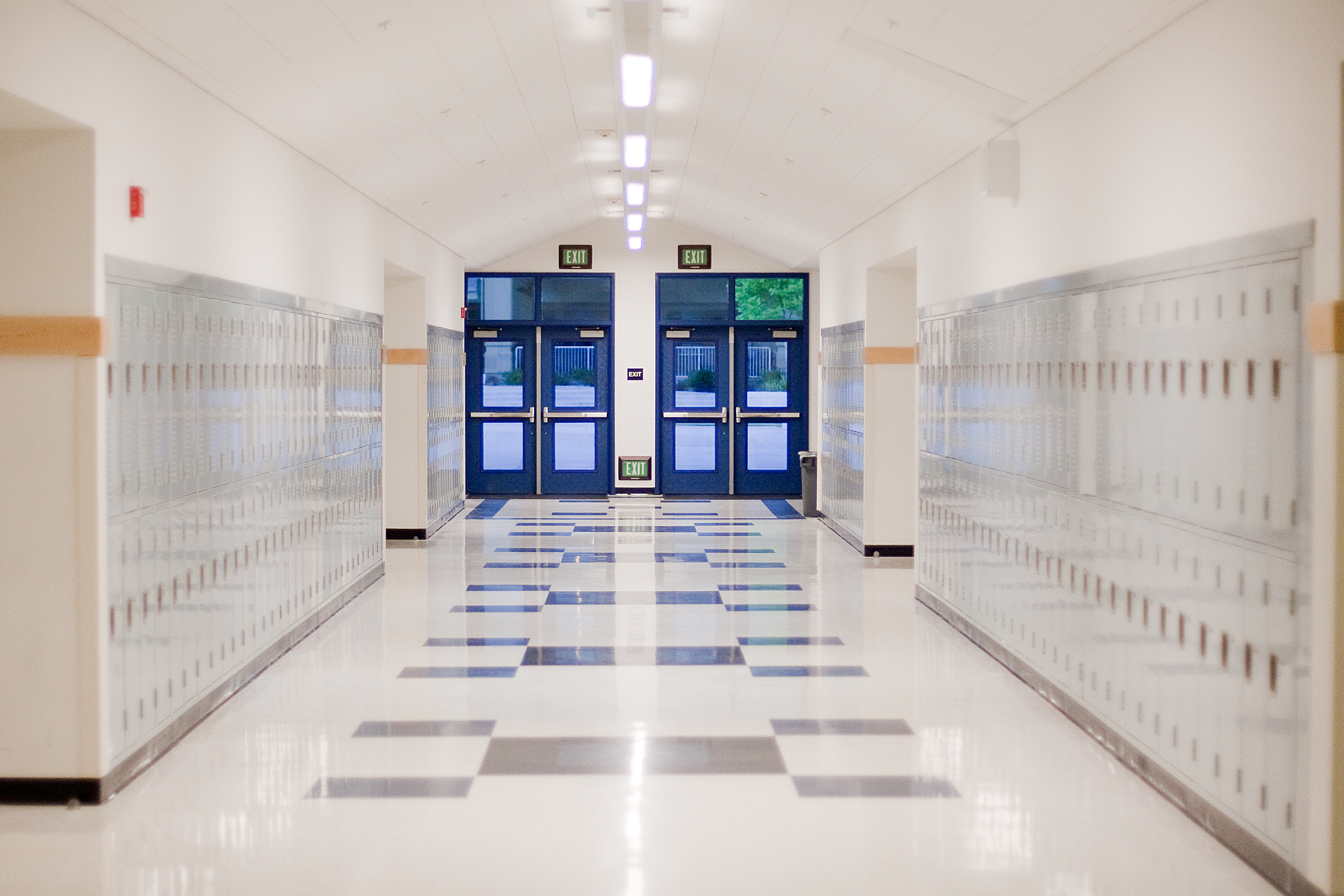By Ramsey Scott
Wyoming Tribune Eagle
Via Wyoming News Exchange
CHEYENNE – The method Wyoming uses to figure the number of students a classroom can handle is causing some serious consternation among school district officials across the state.
During a Monday meeting of the Legislature’s Select Committee on School Facilities in Casper, officials from several school districts, including Laramie County School District 1, urged lawmakers to rethink the change to the state’s formula for gauging capacity.
That change allows up to 25 students in one classroom. It also combines the entire square footage of certain class spaces in a district to determine overall capacity, as opposed to looking at it on a school-by-school basis.
The old formula, which was changed by the School Facilities Commission in 2017, allowed 16 students in a room for kindergarten through third grade and 25 students in remaining grades. Those allowances are different than the state’s funding model, which assumes 16 students in elementary classrooms and 21 students in junior high and high school classrooms.
State education officials presented the committee with the new formula, showing that there’s underutilized space in classrooms across the state due to the 16/25 cap. The state figures that a school needs 50 square feet of space in a room per student. That means if an elementary school has a room that’s 1,800 square feet, it can actually hold 36 students.
A big push for the change is trying to find ways to trim Wyoming’s education budget, given the fiscal pinch the state finds itself in. But school districts large and small attended the meeting to dispute the idea that the new capacity formula accurately represents the realities on the ground. Just because a classroom is bigger doesn’t mean schools should cram students into every space available, they argued.
Edward Goetz, business manager for Albany County School District 1, said according to the new formula, the Laramie-based district could handle almost 300 more kindergarten through fifth-grade students.
“Based on my 20 years of experience, it’s completely unrealistic,” Goetz said. “Our community would be unhappy if we tried to push those numbers.”
One major point of contention for school districts was combining square footage across the entire district. Dave Bartlett, assistant superintendent of support operations for LCSD1, said the new formula doesn’t allow for things like population growth in one section of a city like Cheyenne and population decline in another.
While the district might have space across town, to take advantage of it, students would have to be taken out of their neighborhood schools and bussed away from home. Bartlett said the result could be that a parent with four elementary aged children would see their kids go to four separate schools.
Mary Jo Lewis, business services coordinator with Park County School District 1 in Powell, said while classrooms might be able to handle more students under the new formula, it wasn’t taking into account shared spaces like cafeterias and libraries. Those were built with the old models in mind, and just because a formula says nine more students can fit in a room doesn’t mean they can fit elsewhere on campus.
“As you grow capacity, those central areas can’t stand it,” Lewis said.
School representatives said they wanted the chance to have a more robust discussion about the changes and how they would affect the ability of schools to provide a quality education for their students.
The Legislature could overturn the rules, but no action was taken during Monday’s meeting to start that process. The Joint Education Interim Com-mittee is set to meet Sept. 27-28 in Casper, and several of the school district representatives said they and others would attend and hoped to continue the discussions.
In other action
The committee gave initial approval to a bill that would increase the state’s contribution to building maintenance, but nixed one that would have sent district money back into state education coffers.
The maintenance bill, if eventually approved by the Legislature next year, would increase the multiplier the state uses to calculate maintenance budgets for districts from 2 percent to 2.5 percent. That could mean about $50 million more every two fiscal years going from the state to school districts.
Even if the bill passes, though, it doesn’t mean the state statute would guarantee the money had to be budgeted. The way it is written, it would allow the state to budget a different amount if savings had to be made.
“We owe it to our colleagues to bring it forward and continue the conversation at the very least,” said Sen. Bill Landen, R-Casper, vice chairman of the select committee.
While committee members gave the maintenance bill the go ahead, the committee didn’t move forward the idea of making districts that sell school property send the money they make back to the state’s school capital construction budget.





